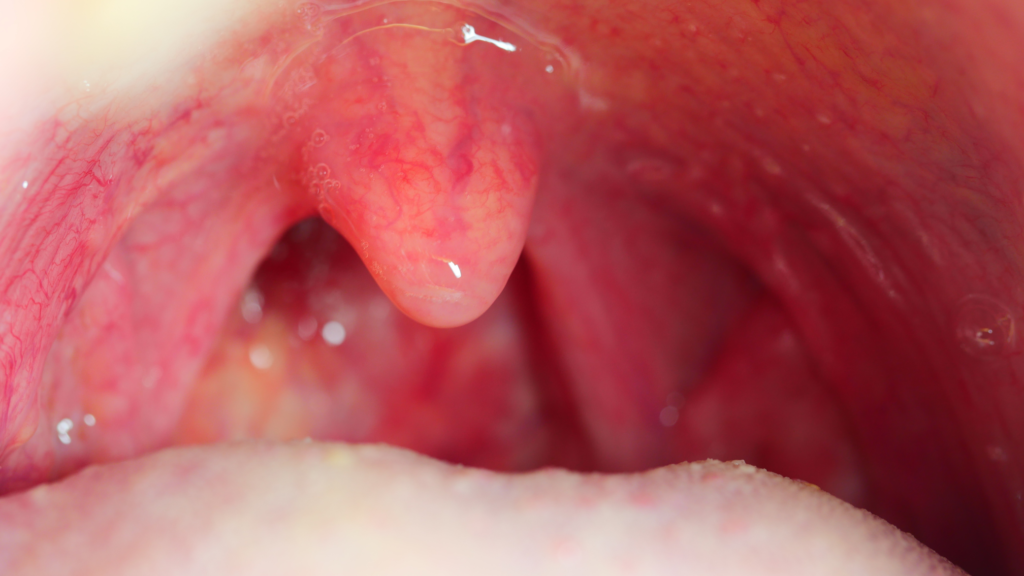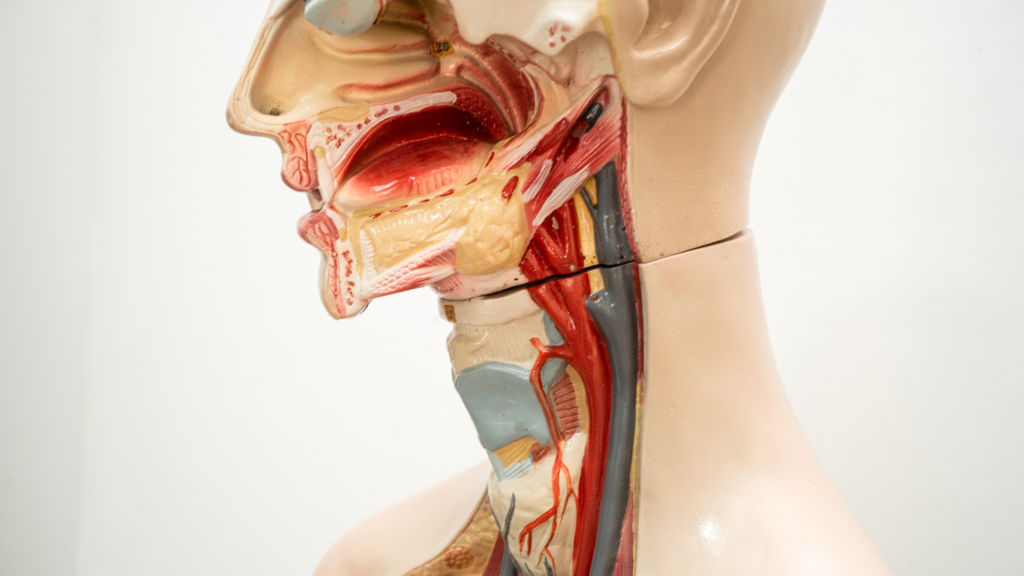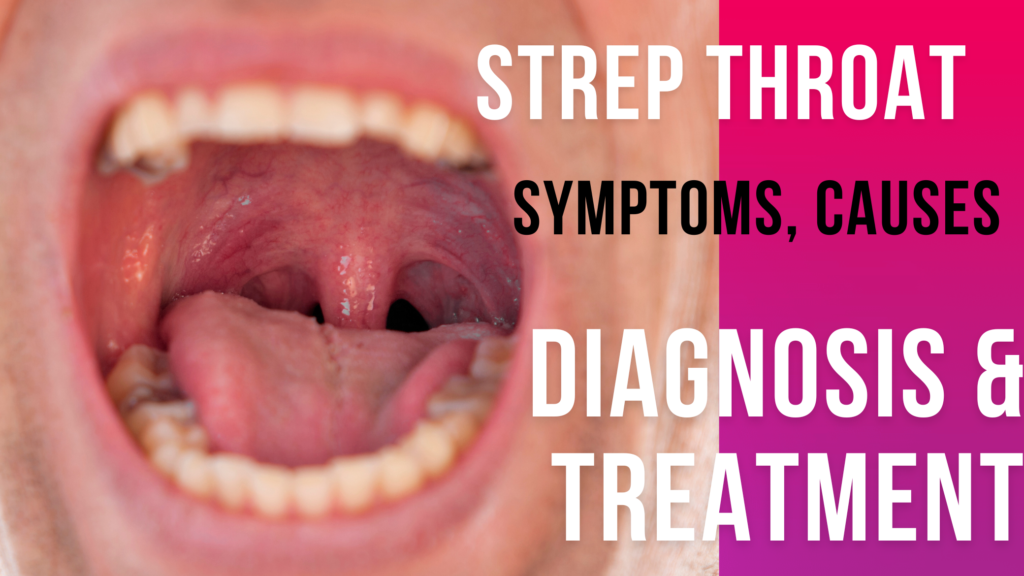Symptoms, Causes, Diagnosis & Treatment
What is strep throat?
Strep throat may be a bacterial contamination that influences the throat and tonsils driving to irritation and a sore throat (pharyngitis). the check is caused away meet amp strep minute organisms which has across long hundred renowned strains. This disease essentially targets the lymph hubs at the back of the mouth causing difficult aggravation and swelling.
despite of the fact that strep throat is commonly mellow it can lead to more extreme complications in case cleared out untreated such as rheumatic fever which can cause enduring harm to the heart and heart valves. new purpose and discourse away amp healthcare provider are difficult for avoiding these good results
regularly streptococcus pharynx resolve exclusive cardinal to x years with legal discourse. The disease is profoundly infectious and spreads through respiratory beads extremely it’s fundamental to look for incite restorative care for alleviation and to avoid transmission. with good anti-microbials about dwell withhold without whatever patient impacts
Who does strep throat affect?
Strep throat fundamentally influences school-aged children, especially those between 5 and 15 a long time ancient. Be that as it may, it can too spread to kin, guardians, instructors, and other caregivers who have near contact with these children.
Individuals in gather settings are too at a better hazard of contracting strep throat. These settings incorporate families, childcare centers, schools (counting colleges), and indeed military sleeping enclosure, where near contact makes it simpler for the disease to spread. Since of this, anybody in near contact with tainted people is vulnerable to the microbes.

How common is strep throat?
Healthcare suppliers analyze over 616 million unused cases of strep throat around the world each year. It’s the foremost common cause of sore throats in both adults and children. Within the U.S., strep throat makes up 5% to 15% of sore throat cases in grown-ups and 15% to 35% in children.
The condition is exceedingly infectious, frequently spreading in close-contact settings like schools and family units. Whereas strep throat is treatable with anti-microbials, it’s pivotal to look for convenient therapeutic consideration to dodge complications and decrease the chance of spreading the contamination to others.
Signs and Symptoms
What are the symptoms of strep throat?
Here are the signs and symptoms of strep throat:
- Sudden sore throat
- High fever, often peaking on the second day
- Chills
- Headache
- Loss of appetite
- Abdominal pain
- Nausea and vomiting
- Red, sore throat, sometimes with white patches
- Pain when swallowing
- Swollen, tender neck glands
- General ill feeling
- Abnormal sense of taste
- Scarlet fever-like rash (rough, sandpaper texture) starting on the neck and chest and spreading across the body
- No cough (cough suggests a viral infection)
- In some cases, symptoms of a sinus infection or ear infection
Strep throat ordinarily presents with a sudden sore throat and tall fever, which crests on the moment day. Extra side effects may incorporate chills, cerebral pain, and sickness. The throat may show up ruddy, and in some cases white patches are obvious on the tonsils. Swollen and delicate neck organs are common, and a few people may too encounter stomach torment, misfortune of craving, or a common feeling of being unwell. A hasty comparative to red fever may create in a few cases, regularly beginning on the neck and chest, and spreading over the body. Not at all like viral contaminations, strep throat does not cause a hack, so in case you’ve got a hack, it’s more likely to be a viral disease. In a few cases, strep throat may too cause side effects of sinus or ear diseases.

Exams and Tests
Numerous conditions can cause a sore throat which will show up comparable to strep throat. To appropriately analyze strep throat, your healthcare supplier will ought to perform a test and decide on the off chance that anti-microbials are fundamental.
In most cases, a quick strep test can be conducted at your provider’s office. In any case, it’s vital to note that the test can in some cases return a negative result, indeed in the event that strep is display.
In case the quick test is negative but your supplier still suspects strep throat, they may take a throat swab to send for culture. This test checks whether strep microbes develop from the test, with comes about ordinarily accessible in 1 to 2 days.
Treatment
Most sore throats are caused by infections instead of microscopic organisms. Strep throat is one of the few exemptions, and it requires treatment with anti-microbials as it were on the off chance that a positive strep test affirms the nearness of the microbes. Anti-microbials are utilized to speed up recuperation and to avoid genuine complications, such as rheumatic fever, in spite of the fact that these are uncommon.
Penicillin or amoxicillin are regularly the primary anti-microbials endorsed to treat strep throat. In the event that you’re unfavorably susceptible to penicillin, your healthcare supplier will recommend an elective anti-microbial. It’s vital to total the total 10-day course of anti-microbials, indeed if your indications move forward sooner, as the bacteria can still be dynamic.
To assist lighten a sore throat, you’ll attempt a few relieving cures, such as drinking warm fluids like lemon tea or nectar tea, and swishing with warm salt water. Cold liquids, fruit-flavored ice pops, or throat capsules can moreover offer alleviation. In any case, youthful children ought to not utilize tablets due to the choking danger. Employing a cool-mist vaporizer or humidifier can offer assistance keep your throat sodden. Over-the-counter torment relievers like acetaminophen (Tylenol) or ibuprofen (Advil, Motrin) can too ease inconvenience.
Keep in mind to take after your healthcare provider’s exhortation closely when taking anti-microbials to guarantee the contamination is totally cleared.

Prevention
To prevent the spread of strep throat and reduce the risk of infection, follow these steps:
1. Remain domestic when tainted: Maintain a strategic distance from school, childcare, or work until you’ve been on anti-microbials for at slightest 24-48 hours to avoid spreading the microscopic organisms.
2. Alter your toothbrush: Get a modern toothbrush after 2-3 days of anti-microbial treatment to dodge reinfection.
3. Keep things partitioned: Wash and keep toothbrushes and utensils isolated from others to maintain a strategic distance from defilement.
4. Check for carriers: In case strep keeps repeating within the family, see in the event that somebody could be a carrier (somebody who carries the microscopic organisms but doesn’t get wiped out), and consider treating them to halt the spread.
Hygiene practices:
1. Wash hands frequently: Wash hands for 20 seconds with cleanser and water, particularly some time recently eating and after hacking or sniffling.
2. Utilize sanitizer: When cleanser isn’t accessible, utilize an alcohol-based hand sanitizer.
3. Hack and sniffle legitimately: Continuously hack or sniffle into a tissue, or your elbow in case a tissue isn’t accessible.
4. Maintain a strategic distance from sharing: Do not share glasses, utensils, or individual things with others, particularly when wiped out.
note

1. Ear or sinus contaminations: Untreated strep throat can lead to bacterial contaminations within the ears or sinuses, causing swelling and aggravation, which can decline the condition.
2. Abscesses: Microscopic organisms can shape pockets of discharge (abscesses) around the tonsils, driving to extreme torment and complications.
3. Guttate psoriasis: Strep throat can trigger guttate psoriasis, coming about in ruddy, textured, teardrop-shaped spots on the skin, regularly influencing the arms, legs, and middle.
4. Red fever: This bacterial complication causes a ruddy, bumpy hasty over the body, ordinarily taking after strep throat, and may require extra treatment.
5. Rheumatic fever: Strep throat can cause rheumatic fever, basically influencing the heart valves and driving to long-term heart harm.
6. Post-streptococcal glomerulonephritis: A kidney condition that can create after strep throat, causing irritation and influencing kidney work.
7. Intrusive streptococcal contamination: Genuine, life-threatening contaminations like streptococcal harmful stun disorder or necrotizing fasciitis can happen when the microscopic organisms spread into body tissues.
8. Domestic cures: Self-care strategies like eating delicate nourishments, remaining hydrated, and utilizing torment relievers can offer assistance lighten strep throat indications whereas recouping.
9. When to see a healthcare supplier: Counsel your specialist in case symptoms persist or decline after beginning anti-microbials or in the event that you create unused side effects like fever, sickness, or shortness of breath.
10. Vital questions to inquire: Inquire almost anti-microbial treatment, side effect alleviation, contagiousness, and when to anticipate test comes about to guarantee appropriate care and recuperation.
11. Can you get strep throat without tonsils?: Indeed without tonsils, you’ll be able still get strep throat, in spite of the fact that evacuation may decrease the recurrence and seriousness of the contamination.
12. Why does strep throat require pharmaceutical?: Not at all like viral sore throats, strep throat is bacterial, requiring anti-microbials for viable treatment and avoidance of complications.
13. Utilizing extra anti-microbials: Never use leftover anti-microbials for strep throat, because it can cause resistance, making treatment more troublesome and driving to genuine side impacts.
14. Contrast between strep throat and tonsillitis: Strep throat is caused by gather A Streptococcus microbes, whereas tonsillitis can be caused by both viral and bacterial contaminations, counting strep microscopic organisms.
Final Thought
In conclusion, strep throat is a common bacterial infection primarily affecting children, but it can spread easily to others, including adults, in close-contact environments. Recognizing the symptoms, such as sudden sore throat, high fever, and swollen neck glands, is crucial for early diagnosis. Prompt treatment with antibiotics is essential not only for faster recovery but also to prevent serious complications like rheumatic fever and kidney issues. Preventative measures, such as proper hygiene and avoiding contact during the infectious period, play a key role in limiting the spread of strep throat. By following the recommended treatment and care guidelines, individuals can recover effectively and reduce the risk of reinfection or transmission to others.
